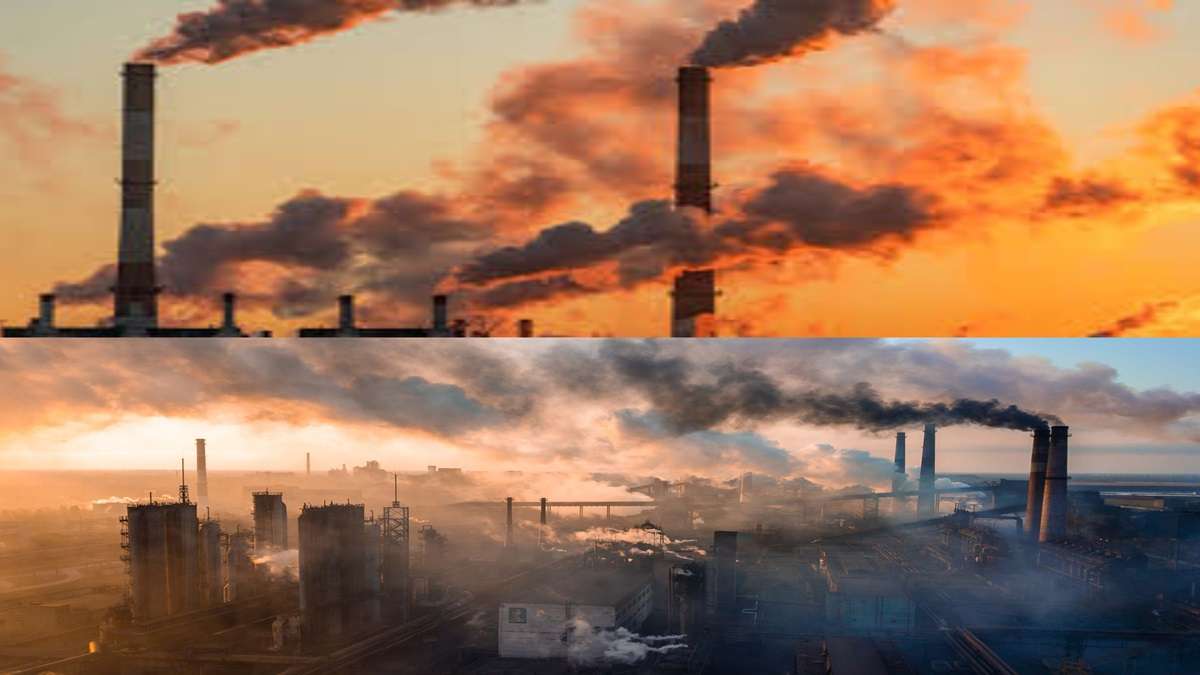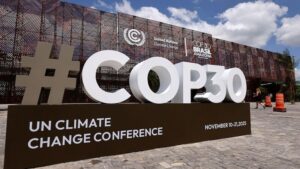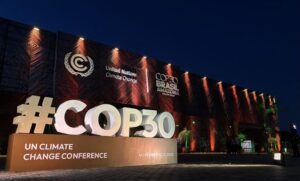
The world has benefited greatly from economic expansion and technological advancements during the industrial era. But at a high cost, as industrial pollution is now recognized as a serious threat to human health as well as the environment, we’ll examine the complex relationship between industrial pollution and climate change in this extensive guide, as well as its far-reaching implications on a worldwide scale.
The Intersection between Climate Change and Industrial Pollution:
Large amounts of greenhouse gases (GHGs) are released into the environment by industrial processes, including waste management, transportation, energy production, and manufacturing.
The most common of these is carbon dioxide (CO2), which is produced when fossil fuels like coal, oil, and natural gas are burned. As if acting as a blanket, these emissions trap heat in the atmosphere of the Earth, causing global warming, which is the main cause of climate change.
Similarities between Industrial Pollution and Climate Change:
The management of waste, transportation, energy production, and manufacturing are among the industrial operations that release large volumes of greenhouse gases (GHGs) into the environment. Carbon dioxide (CO2), which is created when fossil fuels like coal, oil, and natural gas are consumed, is the most prevalent of these. These emissions, which have the effect of covering the Earth like a blanket, trap heat in the atmosphere, leading to global warming, the primary driver of climate change.
Disruption of the Carbon Cycle:
Industrial pollution disturbs the carbon cycle, a vital mechanism that controls the Earth’s climate. Historically, the atmosphere’s delicate carbon dioxide balance was preserved by natural activities like photosynthesis and respiration. But because of human activity, the balance has been shifted, producing excess CO2 quicker than it can be absorbed by natural sinks like forests and oceans. Rising sea levels, more frequent and severe weather events, and changed precipitation patterns are all consequences of this imbalance, which quickens the pace of climate change.
Read Also: How climate change ignites wildfires
Threat to Biodiversity:
Numerous species and ecosystems are in jeopardy due to industrial pollution, which is a serious threat to world biodiversity. The devastation of natural habitats, contamination of air and water, and temperature and precipitation variations brought on by climate change upset the delicate ecological balance and drive some species towards extinction. The numerous services that coral reefs, forests, wetlands, and other vital ecosystems offer—from food security to carbon sequestration—are put in jeopardy by the effects of industrial pollution.
Water Scarcity and Contamination:
Industrial pollution taints not just the air we breathe but also the water we need to survive. Pollutants include heavy metals, chemicals, and poisons are carried by runoff from industrial sites into rivers, lakes, and groundwater reserves, endangering aquatic life as well as human health. Furthermore, by changing precipitation patterns and increasing the frequency of droughts and floods, climate change makes already scarce water resources even more problematic.
Impacts on Society and Economy:
The unequal distribution of the consequences of industrial pollution and climate change exacerbates social and economic inequality. Climate-related disasters and environmental degradation mostly affect vulnerable populations, such as marginalized groups, indigenous peoples, and low-income communities. Furthermore, the financial consequences of doing nothing exceed the sums of money needed to make the switch to greener, more sustainable sectors. Societies may generate employment, encourage innovation, and strengthen their ability to withstand the effects of climate change by adopting renewable energy, enforcing pollution control laws, and supporting green technologies.
Mitigation and Adaptation methods:
Combining mitigation and adaptation methods calls for a comprehensive approach to address the twin concerns of industrial pollution and climate change. The goal of mitigation initiatives is to lower greenhouse gas emissions by putting in place carbon pricing mechanisms, increasing energy efficiency, and switching to renewable energy sources. Furthermore, reforestation, wetland restoration, and sustainable land management are examples of nature-based solutions that can improve carbon sequestration and climate change resilience.
In summary, industrial pollution and climate change are two sides of the same coin—interrelated issues that require immediate attention. We can create the conditions for a more resilient and sustainable future by recognizing the connection between these occurrences and taking proactive steps to lessen their effects. To address these existential challenges and protect the world for future generations, all individuals, corporations, policymakers, and communities have a part to play.








